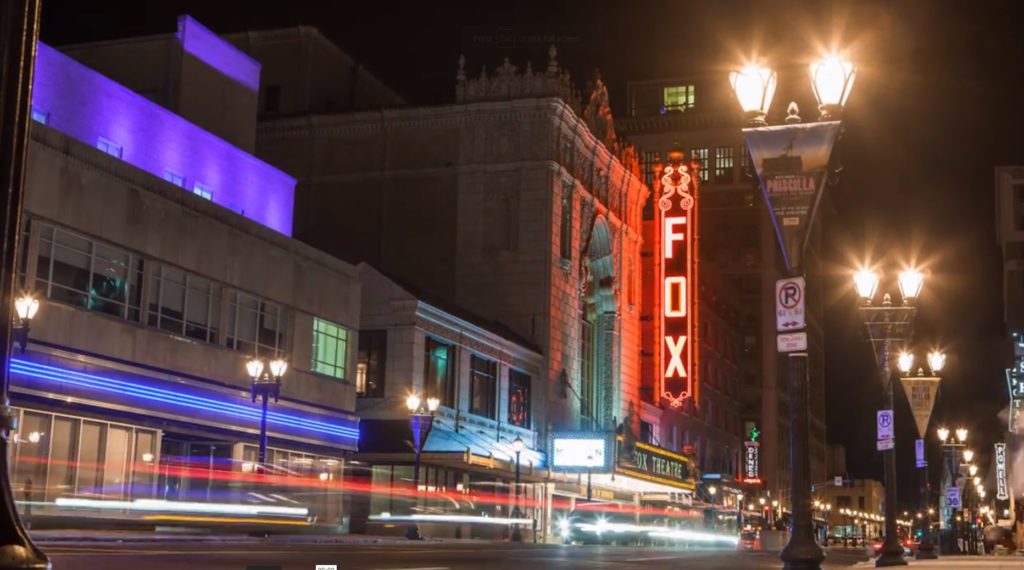Hearing accessible technology and services, also called assistive technologies, are crucial to creating an inclusive event so that everyone can participate, regardless of how well they hear. Some assistive technologies can be useful not only for people with hearing loss, but non-native speakers and anyone who may struggle to comprehend the dialog completely.
Hearing Loops
Hearing loops bring sound directly into a listeners’ telecoil-enabled hearing aids or cochlear implant, improving clarity and understanding. Hearing loops are becoming the foundation for hearing-friendly, inclusive communities as the use of hearing loops increases in auditoriums, theaters, places of worship, meeting spaces, classrooms, pharmacies and even in users’ homes.
Hearing Loops are often the preferred assistive listening system by the majority of people with telecoil-enabled hearing aids and cochlear implants, and streamers because they are easy to use, provide quality sound, are discreet and offer better hygiene than other devices that are worn by other users. Learn More about Hearing Loops from our national website.
List of Looped Locations in St. Louis
A 2014 study reported by Hearing Review asked 866 adult users of T-coil equipped hearing aids and cochlear implants to rate their ability to understand speech in places such as places of worship, theaters and auditoriums and conference rooms. Less than 14 percent rated their ability to hear without a hearing loop above a seven. However, while listening in a looped area, 86 percent rated their experience between eight and ten.
Our national organization’s program Get in the Hearing Loop is an effort to give people with hearing loss equal participation in all aspects of life, everywhere they go. Through education, advocacy, and consultation services, the Get in the Hearing Loop program has laid the groundwork for a national movement of loop enthusiasts who are promoting communication access and ADA compliance, one loop at a time. Learn More about this program from our national website.
Captioning
Captions are words displayed on a television, computer, mobile device, or movie screen, providing the speech or sound portion of a program or video via text. The captions are created from the program’s script or audio file and appear in sync with the audio. This way, viewers can follow the dialogue and action at the same time. Learn More about captioning from our national website.
CART (Communication Access Realtime Translation)
CART works in a similar way to captioning, transcribing and translating spoken text and sound into words. The text appears in realtime, while the words are spoken or played, on a big screen that everyone can see, on a laptop, on a mobile device or streamed to an Internet browser. CART helps make meetings and events compliant with the Americans with Disabilities Act (ADA) and accessible to people who have a hearing loss. Learn More about CART from our national website.



